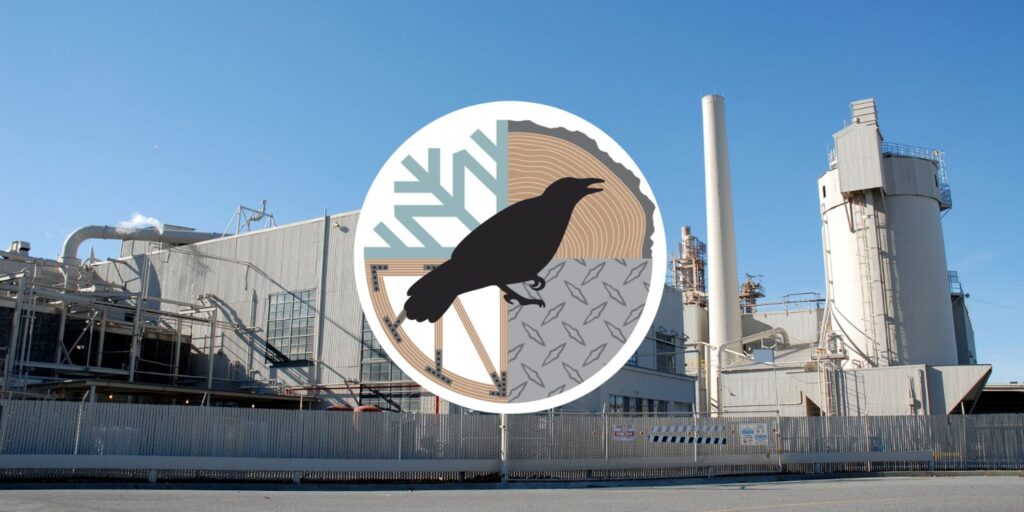Posts Tagged ‘Building Evaluations’
The Primary Goals of a Facility Performance Evaluation
Facility performance evaluations (FPEs) are critical tools for ensuring that buildings operate efficiently, safely, and sustainably. These evaluations provide a comprehensive analysis of a facility’s performance, identifying areas for improvement that can lead to significant benefits in terms of cost savings, regulatory compliance, and user satisfaction. Conducting regular facility performance evaluations contributes to better facility…
Read MoreHow Building Performance Evaluations Increase Efficiency
Building performance evaluations are essential tools for enhancing the efficiency, comfort, and sustainability of buildings. These evaluations provide a comprehensive analysis of a building’s operational performance, identifying areas where improvements can be made to reduce energy consumption, lower operational costs, and enhance occupant comfort. This blog will explore the process and benefits of building performance…
Read MoreThe Essentials of Building Condition Assessments: Ensuring Safety and Efficiency
Building condition assessments are crucial for maintaining the safety, efficiency, and value of properties. These assessments help identify potential defects, plan for future maintenance, and ensure compliance with regulatory standards. In this blog, we’ll explore how building condition assessments are conducted, the tools and technologies used, and the benefits they provide. What is a Building…
Read More


